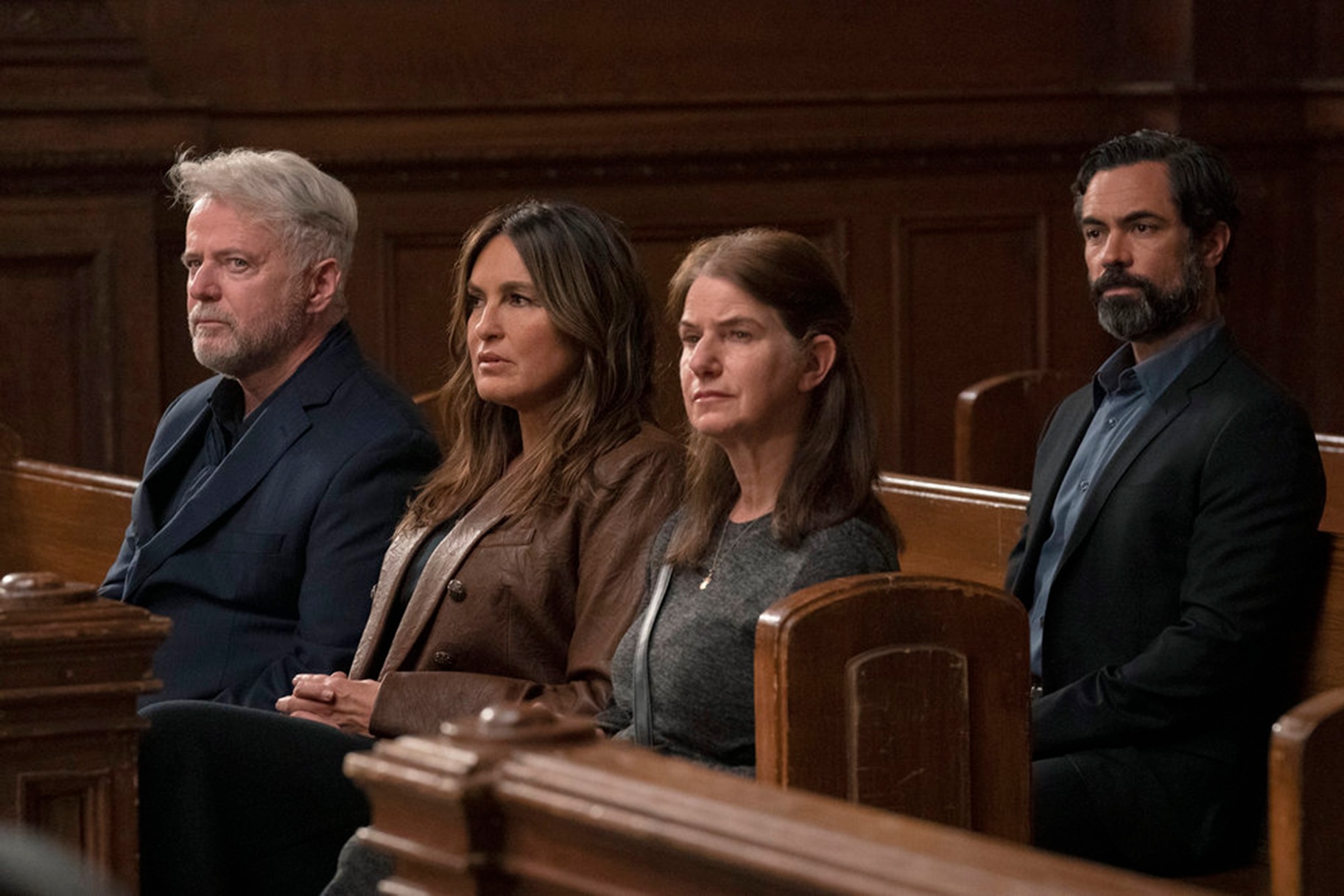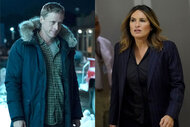Create a free profile to get unlimited access to exclusive videos, breaking news, sweepstakes, and more!
The Real-Life Crime Inspirations Behind 500th Episode Of 'Law & Order: SVU'
"Law and Order: SVU" is still tackling the "ripped from the headlines" issues that matter as it airs its 500th episode.

"Law and Order: SVU" continues to tackle the issues driving the conversation in society, and its 500th episode, which aired Thursday, is no exception. NYPD Capt. Olivia Benson (Mariska Hargitay) winds up entangled in a case that involving the issues of grooming, consent, and power dynamics between young women and the men who hold sway over their lives – in this instance those men are teachers, coaches, and mentors. WARNING: SPOILERS AHEAD.
In "The Five Hundredth Episode," Benson is surprised to find former Det. Nick Amaro (Danny Pino) at the 16th Precinct. But it's not a social call. Amaro has left the force and gone back to graduate school to study forensic science. Recently a true crime author asked him to look into a murder from the 1990's of a 15-year-old girl who was killed on her prom night. Her boyfriend confessed but both Amaro and the author think he's innocent.
And who is that author? It turns out he's someone familiar to Benson: Burton Lowe (Aidan Quinn) who was a former student of her mother's and who Benson had a relationship with when he was 21 and she was 16. Benson recalls the relationship as consensual and is happy to have Lowe back in her life. Together they help Amaro gather enough evidence to prove that the young girl was actually murdered by her tennis coach all those years ago – Lowe was right about her boyfriend's innocence.
The tennis coach is a possible allusion to the case of Gary Wilensky, who coached the sport at the tony Upper East Side Brearley School. As Newsweek reported, Wilenksy became obsessed with one of his students, a 17-year-old named Jennifer Rhodes. He'd stocked a cabin two hours north of Manhattan with bondage gear and surveillance equipment in preparation to kidnap Rhodes and take her there. In April of 1993, Wilensky ambushed Rhodes and her mother in the parking lot of a motel. Brandishing a semiautomatic rifle, he tried to drag the teenager into his car, but her mother fought him off. When police found his vehicle two hours later, they discovered Wilensky inside, dead from a self inflicted gunshot wound.
But just as Benson, Lowe and Amaro celebrate their victory in finally solving the case and freeing the wrongly convicted man, a former intern of Lowe comes forward to accuse him of raping her decades earlier when she was 20 years earlier. As more women come forward, Benson recognizes a pattern that she'd never thought of as grooming before. Like he did with his other accusers, the writer had slowly gained Benson's trust, treating her like an equal and making her a mix tape (something that became his hallmark). Benson realizes that their relationship was not consensual. But when she she confronts Lowe, he grows angry, ranting about cancel culture and telling Benson she's not a victim.
As we become more aware of grooming techniques as a society, Benson's experience fits into a larger narrative. Mary Kay Letourneau, for instance, sexually assaulted her student Vili Fualaau when he was just 12 years old. After serving a prison sentence, the two got married and had children. But in the days leading up to her death from cancer, she allegedly expressed remorse for what she'd done – a dynamic shift from how she'd defended the relationship in the past.
And in the recent R. Kelly trial, in which he was found guilty of raping dozens of girls and women over decades, showcased testimony from victims who trusted Kelly because of his fame and who, while still minors, didn't understand that they were being manipulated and assaulted. The stream of testimony from women who bravely confronted their past and finally put the singer behind bars is part of a sea change in how we contextualize abuse and explain it to young women and men, hopefully ending a cycle.
























